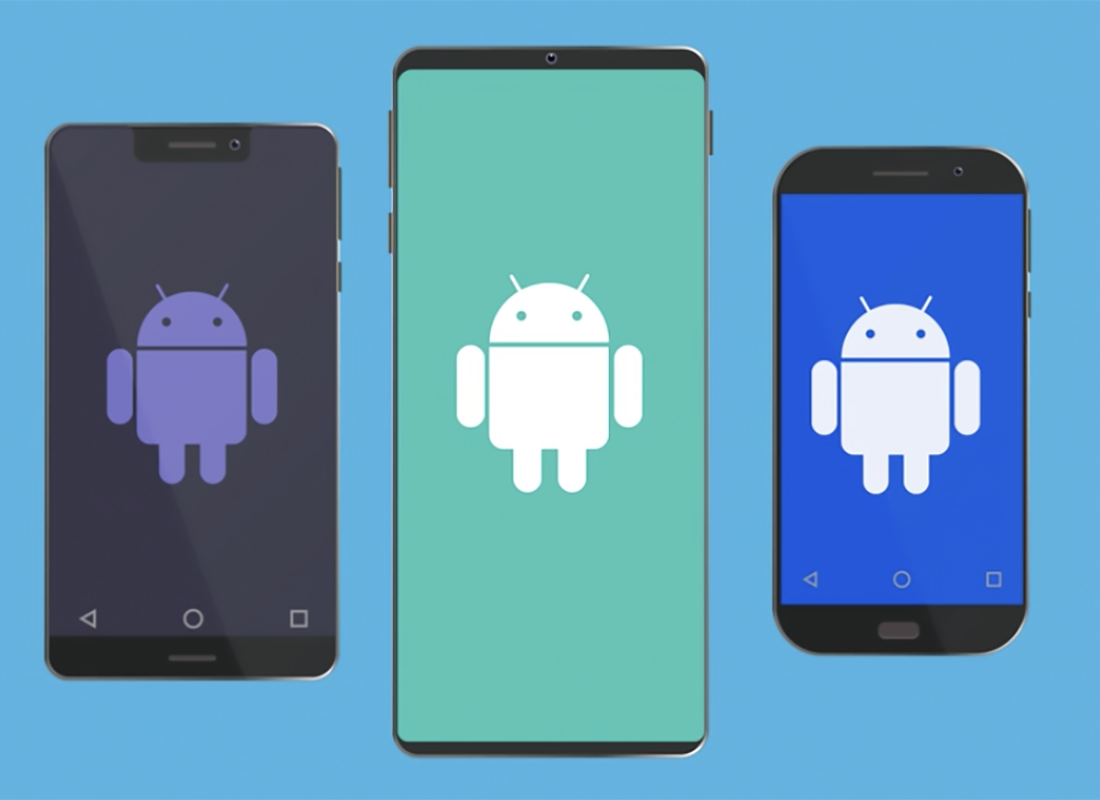Setting up your new Android phone
Get ready to set up a brand-new Android, or a pre-owned Android that has been reset.
Learn how to connect your new Android phone to your home Wi–Fi, set up password protection, create a Google ID, and get ready to make voice calls and using the internet.
Before you begin

The Android smartphone used in demonstrations in this course may not be the same as yours, but the menus and steps should be similar.
Before you start, check you have the following to hand:
- A mobile plan with a service provider
- A SIM inserted in your Android phone
- Your home Wi-Fi name and password.
How set up works
When you turn on your phone, you should see a Welcome screen and an option to choose your language. This means the phone is ready for set up.
During the set-up process, your phone shows different screens, asking you to do different things, such as choose from a list, enter information, or tap a button.
Follow the instructions on each screen, to proceed through set up. When the Home screen appears, set up is complete.
A typical set up sequence
Each kind of Android phone has its own set-up process, so the order of screens you see on your phone may be different to the order shown here. Generally, the order will be something like the below.
- Choose the language for the phone to use on its screens, such as English (Australia).
- Tap the Start button.
- Agree to Terms and conditions, often called the End User License Agreement, and read the Privacy Policy.
- Check a list of included apps, and choose if you want to give them permission to access your information.
- Connect the phone to your home Wi-Fi by choosing your home Wi-Fi network name from a list, and entering the Wi-Fi password.
- The phone will ask if you want to copy apps and information from your old phone (such as one you may be replacing). You can Skip this.
- Sign in with your Google account, or create a new Google account now.
- If you choose to create a new account, the phone will show instructions to follow, and you can choose a username, and create a strong password.
- To use your existing Google Account, just enter your Gmail address and password instead.
- Google Services may show some options, and you can choose to accept or decline these services for now.
- You can now set a password, PIN, or biometric lock for your phone.
- Depending on your Android phone model, you may be able to use your fingerprint or face, as well as a PIN.
- If you use a password or passphrase, make sure it is different from your Google Account password (the one you use to sign in to Gmail).
- The phone may now show information about Google Assistant, and how to use it with your phone. You can Skip this and set it up later, or follow the screens.
- You might see a list of free apps offered by your phone manufacturer. You can choose which of these apps you’d like to install now.
- Depending on the brand of your phone, you may be invited to create a free account to access extra features. You can Skip this and set it up later, or follow the directions.
- Your phone may show extra screens with tips or information. Tap or swipe the screens away until you see a Finish button.
- After you tap Finish, the Home Screen will appear and your phone is ready to use.
Checking for network connections
To check if your phone has signal for Wi-Fi or mobile network, look in the top right of the display.
- A white Wi-Fi symbol means Wi-Fi has a connection.
- An LTE 4G or 5G symbol means you are connected to the mobile network for voice calls and internet.
If both symbols are displayed, your phone is connected to Wi-Fi and the mobile network and is ready to use!